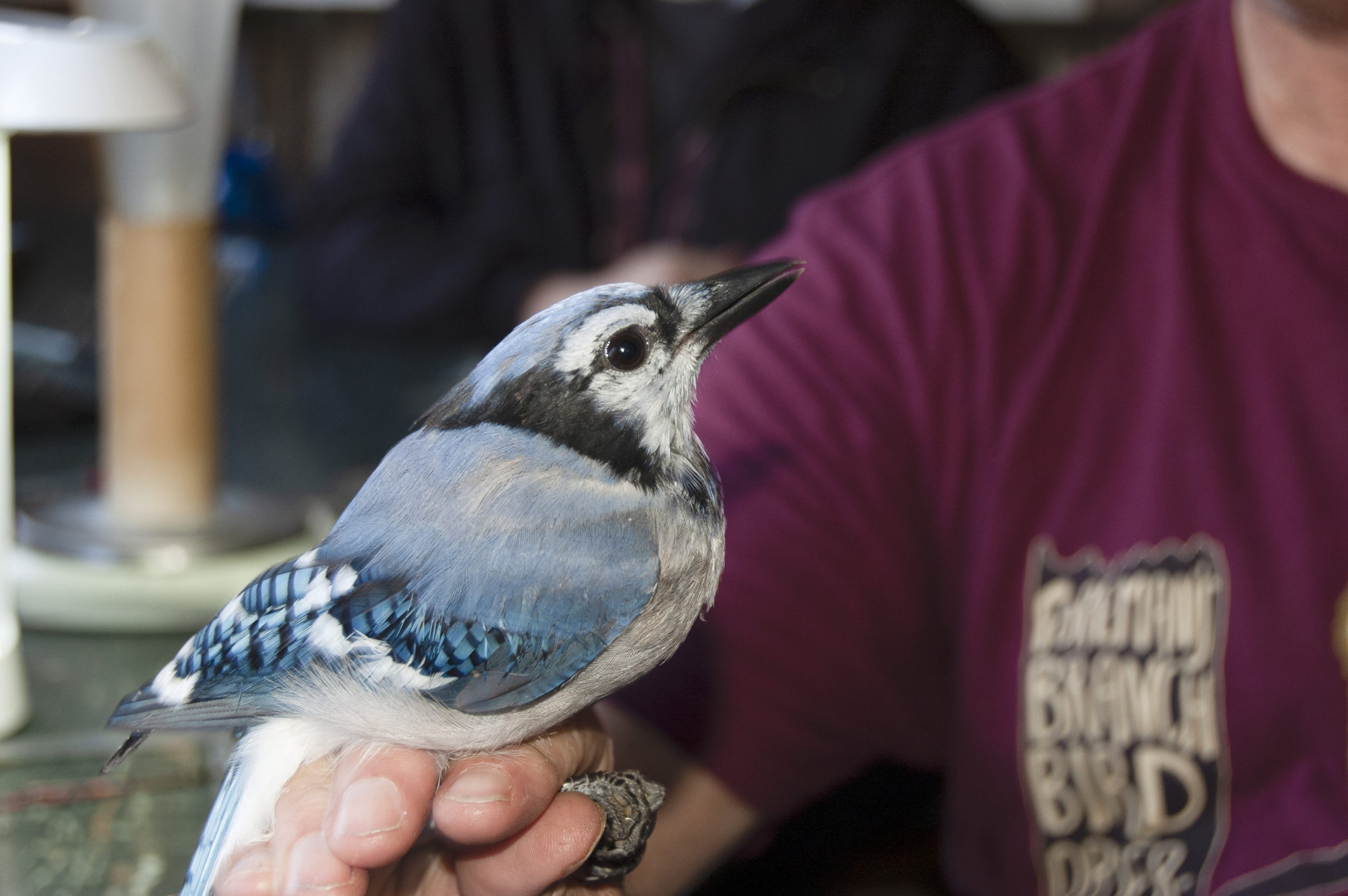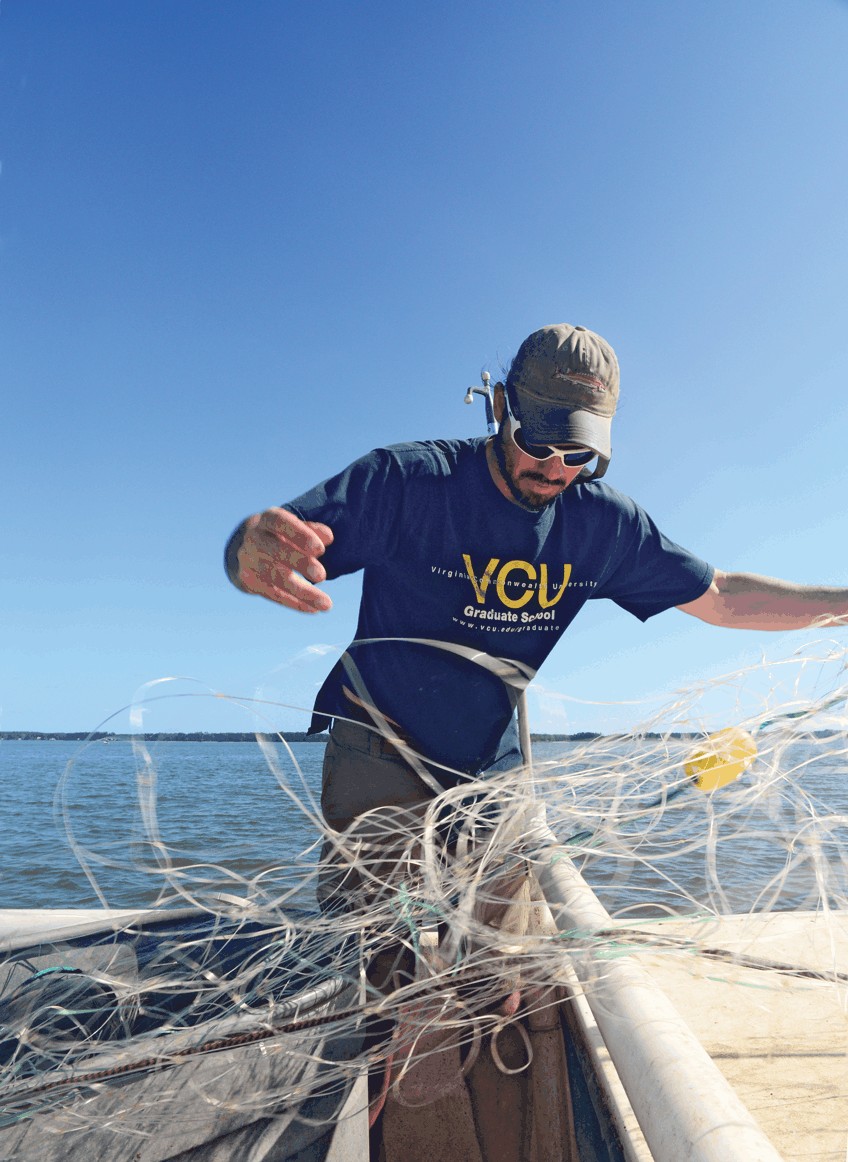by Capt. Chris D. Dollar
Photo: Sonar images show the wrecks of Virginia’s Triangle Reef.
When I want fresh seafood, I ask a local. And when I need the skinny on good fall fishing spots off the Virginia Coast, I’m never too sheepish to ask two of the finest and most prolific anglers I know: Virginia’s Ken Neill and Ric Burnley. I’ve tapped into their deep wells of fishing knowledge innumerable times, and they’ve been generous with that knowledge, making them great ambassadors for Virginia sport fishing.
I suggest everyone try fishing the abundant wrecks and reefs off Virginia and Maryland at least once. These underwater structures attract and hold abundant game fish in the fall, and in good weather they’re fairly easy to reach.
For example, the Triangle Reef, located approximately 30 nautical miles off Cape Henry, is a popular spot this time of year, and with good reason. It’s a relatively short jaunt from most Virginia Beach area ports. It’s only about 16.5 nautical miles or 073 degrees true from Chesapeake Light Tower. Four sunken Liberty Ships and a Coast Guard Cutter are the main structures on this rectangular site. The water depths range from 90 feet to greater than 100 feet, with profile reliefs ranging from 28 to 32 feet.
Tautog and black sea bass are the two most popular residents of this reef, but it can also produce impressive catches of large flounder, dolphin, and amberjack seasonally. In the fall, large bluefish and even some bluefin tuna in the 100-pound range have been known to congregate around the reef. No wonder it is also a popular party boat and dive destination.
Most fishermen either jig lures or drift bait for the sea bass that tend to hold to the reef structure almost all year. Flounder is another species available on the Triangle Reef for most of the year. Strip baits (flounder or bluefish bellies) teamed with bucktail-style jigs work, too. (Check seasons and regulations.)
Within the Triangle Reef lies what’s left of the Liberty Ship Morgan. (It sank in 1943 after colliding with the SS Montana.) Through December, you can catch chopper bluefish by trolling plugs over and around the wrecks. Or use your fish finder to pinpoint structure and vertically jig for blues and other gamefish with heavy metal lures such as StingSilvers, Rain Minnows or Lil’ Bunkers.
Neill suggests trolling around the wrecks for king mackerel and false albacore early in the fall, and for chopper bluefish later in the season. Fishing the wrecks themselves will yield catches of triggerfish, tautog, drum, and even some red snapper on occasion.
For flounder, Ric uses a two-ounce, flat-head bucktail and a strip of cut bait, adding that cobia belly works best. He uses a conventional reel (his personal choice is a 400 Calcutta) spooled with 30-pound test braid and a three-foot leader of 30-pound fluorocarbon.
“To target sea bass and triggerfish,” Ric adds, “I use a two-hook bottom rig tied out of 50-pound monofilament with 3/0 baitholder hooks and a six-ounce sinker. Add a bucktail skirt to each hook for added attraction. A two-inch piece of cut squid or albacore is the best bait.” When trolling, he’ll drag lures such as Rapalas or Clark spoons tied on a snap swivel that’s connected to the mainline with a 2- to 8-ounce inline sinker or a No. 1 planer.
If you want to drift or anchor over a wreck, Neill advises deploying a wreck marker, which is basically a buoy tied to a weighted anchor.
“Once you have the wreck marked, you can stop using the GPS and key in on the wreck marker, which makes setting up your drift a lot easier,” he suggests. “I usually prefer to drift and jig as I feel it produces a better quality of fish and also allows me to look for flounder.” Ken adds that if the wreck is fishing well or the drift is becoming fast due to wind or tide, he’ll anchor up as this increases your time fishing rather than positioning the boat.
For a small state, Maryland has outsized fishing opportunities, and coastal wreck fishing is no exception. In fact, the state record for tautog has been broken not once, not twice, but three times since 2007 by anglers working the structure off Ocean City, Maryland. But there are other game fish to catch, too.
Erik Zlokovitz, a recreational fishing specialist with Maryland’s Department of Natural Resources, says the 2020 summer was excellent for anglers targeting black sea bass holding on the reefs and wrecks off Ocean City.
“As we get into the fall months, cooler water temperatures will spur another flurry of activity with sea bass feeding heavily prior to overwintering. Some bluefish will also mix in on the wrecks and reefs in fall,” Zlokovitz said. “The fall sea bass bite should go well into late October and early November. As we get into November/December, anglers will start targeting the hard-fighting tautog using an assortment of green crabs or Jonah crabs.” (Note: It is illegal to fish with Asian “white-legger” crabs for bait in Maryland waters.)
Steaming from the Ocean City Inlet, coastal wrecks and reefs are usually a relatively easy run in fair weather for the fishing port’s party boat fleet and doable for private boat anglers. If you’re not that experienced and want to learn the ropes of fishing Ocean City’s near shore wrecks, go with a seasoned party boat skipper.
Consider Kelly’s Reef, less than five nautical miles southeast of the inlet jetties and a favorite with small boat fishermen. Taking up about the southern one-third of Little Gull Bank, this reef covers 467 acres of Atlantic bottom, over which concrete rubble, prefabricated concrete units, and a sunken barge have been placed. There are a variety of game fish that hang around Kelly’s Reef, including tautog and black sea bass, as well as flounder, croakers, bluefish, and spadefish seasonally.
At 8.4 miles southeast of the inlet, The Bass Grounds is another good option. I’ve heard of anglers in jon boats making that trek on glassy water days in summer. That’s a hard pass for me, but for competent sport fishermen in seaworthy boats, it’s a good destination. Water depth ranges from 50 feet on the eastern side to 75 feet of water to its western edge. The reef was at one point considered two distinct areas but was re-permitted as one 804-acre reef. The Bass Grounds reef materials include concrete pipe and cable mounds, as well as several sunken boats.
The manmade materials create good habitat, attracting gamefish species such as tautog, black sea bass, and summer flounder. Sheepshead, spadefish, and bluefish are also visitors to the Bass Grounds in season. Even king mackerel and sharks have been caught here during the summer. Skippers say the Bass Grounds can save the day when conditions are too rough to go farther offshore.
When you’re on the hunt for good eats and good fishing, it always pays to listen to local knowledge.
Chris Dollar is a fishing guide, tackle shop owner, and all-around Chesapeake outdoorsman with more than 25 years experience in avoiding office work.




